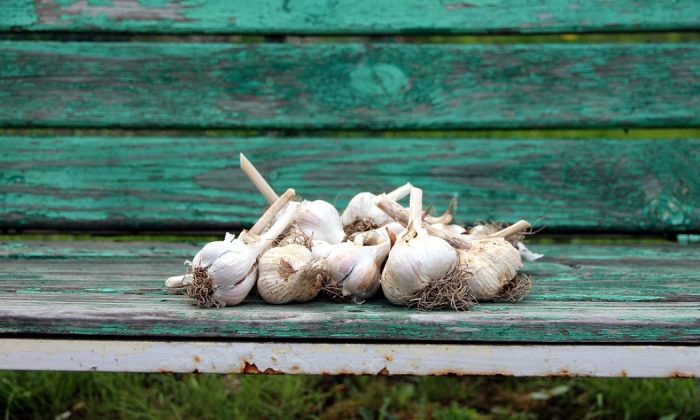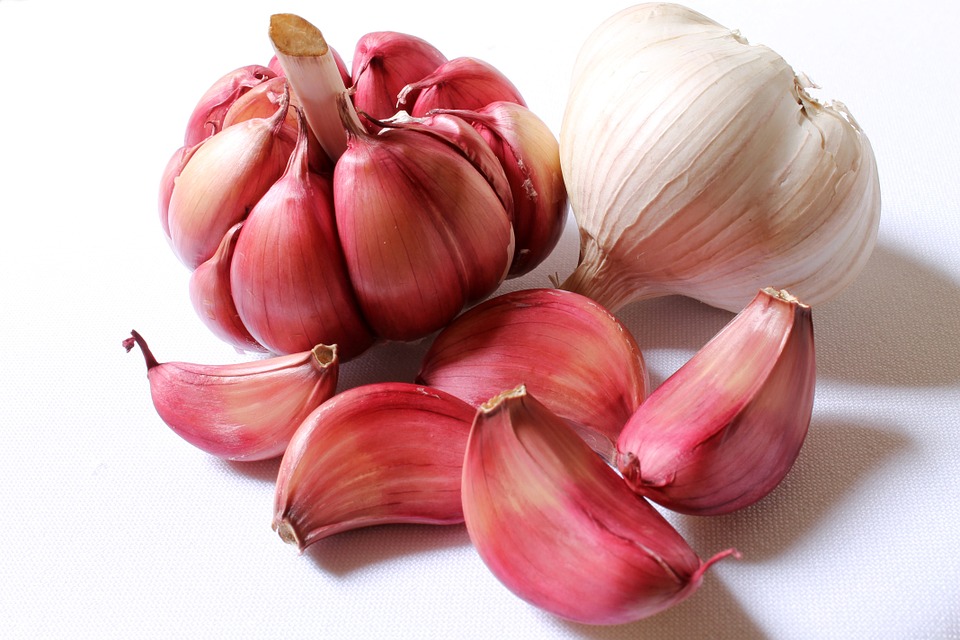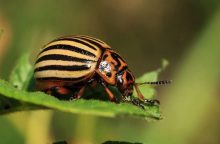Spring dangers that can destroy your garlic

Every gardener tries to grow his own great garlic but growing your own garlic is not easy. When you are planting in autumn you need to make sure that you plant soaked cloves at the right time: they must not be dry, but cannot be too wet either. And if you consider the unstable weather and pests lurking around, you know that garlic planting is not a simple task. If these negative factors combine, they can threaten or destroy your entire harvest.
Suillia univittata
One of the really strong pests is Suillia univittata (von Roser). This pest particularly enjoys garlic, but also onions or leeks. It looks like a housefly and usually hibernates in various crevices. It flies out of its hiding place in March to April and lays eggs on appearing garlic leaves. If you find eggs just above the ground on garlic leaves, chances are that you got this horrible pest. Eggs hatch into larvae that are 10 mm long and they crawl down to the base of the plant and garlic leaves start turning yellow and deform.
Photo: Pixabay
If you see larvae, it is already too late!
If you want to safe your garlic by the time it starts dying, it is too late… Even plants that were not attacked hard will produce low quality garlic. Larvae pupate in the soil from where they attack your garlic and they will do the same again in the next year. They usually hatch in May to June. Basically, you have two options to protect your garlic. You can focus on preventive measures and use chemical protection, but you must time chemical protection appropriately.
Preventive measures
You should definitely plant garlic in a different spot every year and no onions or leeks should be planted together with garlic. You can plant garlic at the same location after 4 years. To be safe, always plant garlic as far as possible from the previous location because Suillia univittata cannot easily transverse large distances. If this pest already destroyed your crop in the past, you may also try planting a spring garlic variety. Suillia univittata does not like spring garlic that much, because it has not grown sufficiently big yet. You can also protect garlic against Suillia univittata with a white non-woven fabric. It should be applied at the end of February and you should leave it on until April.
Chemicals
You can spray chemicals when the afternoon temperature remains above 10 °C for three to four days in a row. Keep in mind that the use of chemicals also depends on the fact how developed your garlic is. The first application is usually done in March, but if the winter was mild you can apply at the end of February. Repeat spraying after 10 or 14 days.
Preview photo: Pixabay

Gardening is my hobby, I have a lot of experience and I am happy to share it.









0 comments